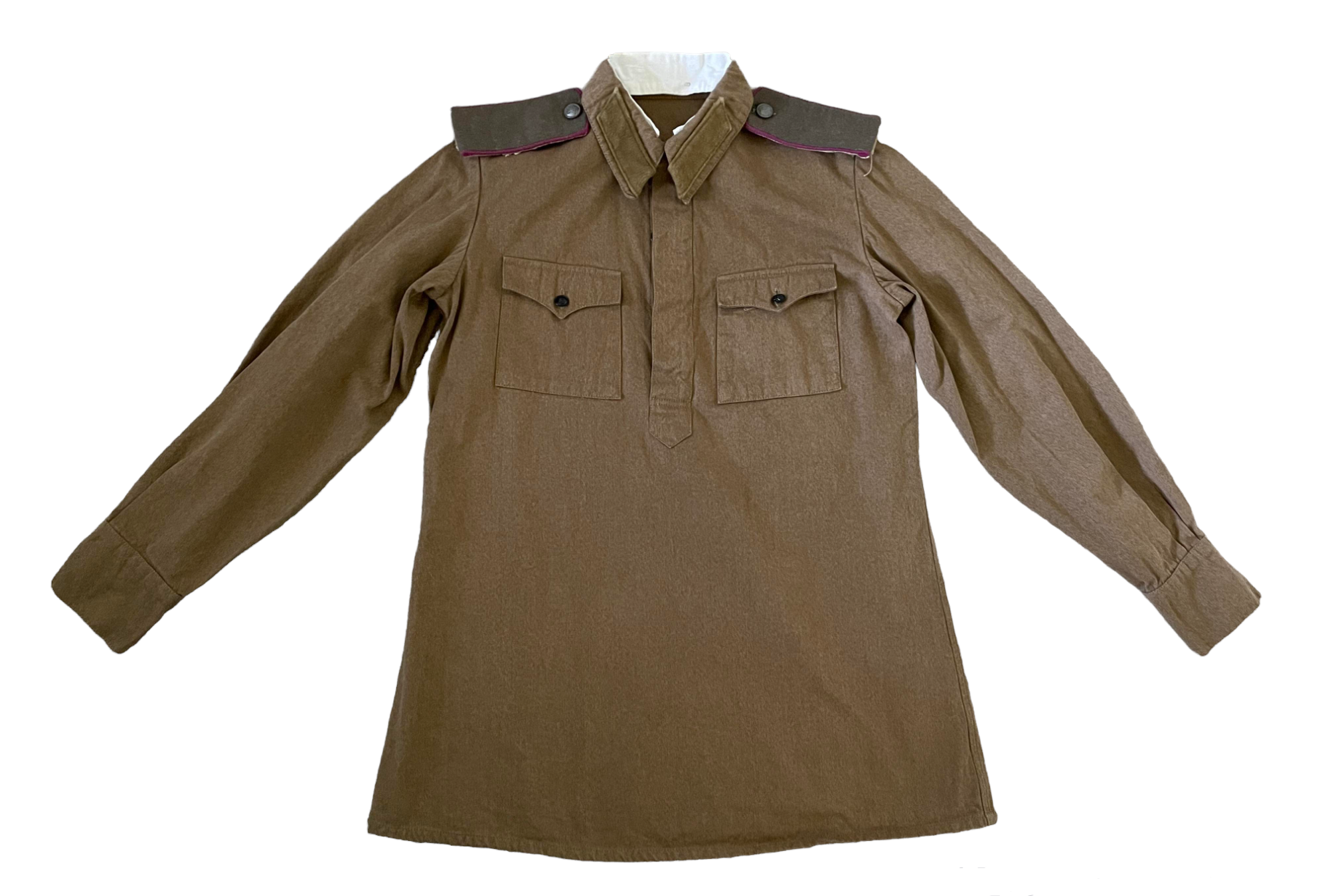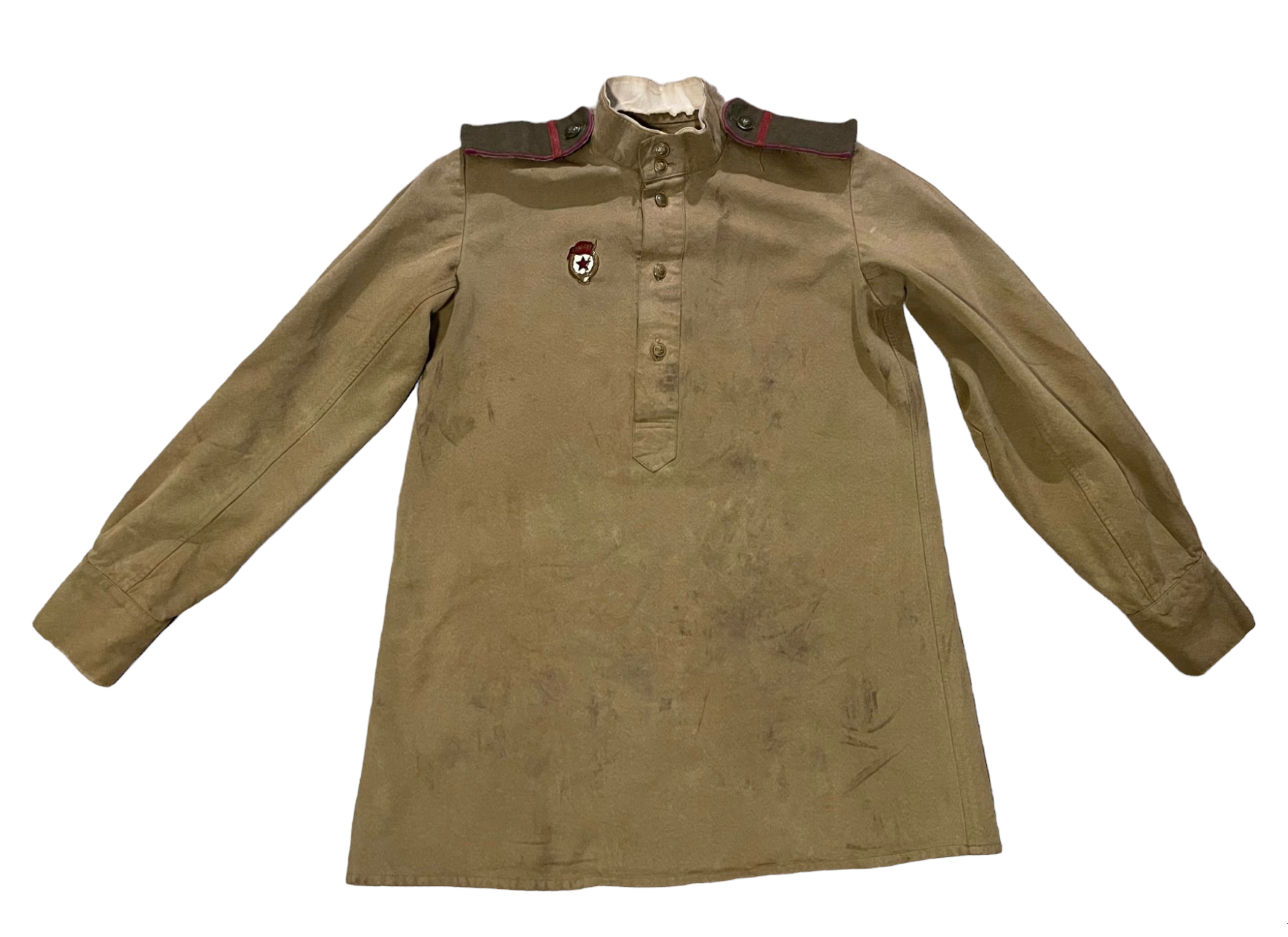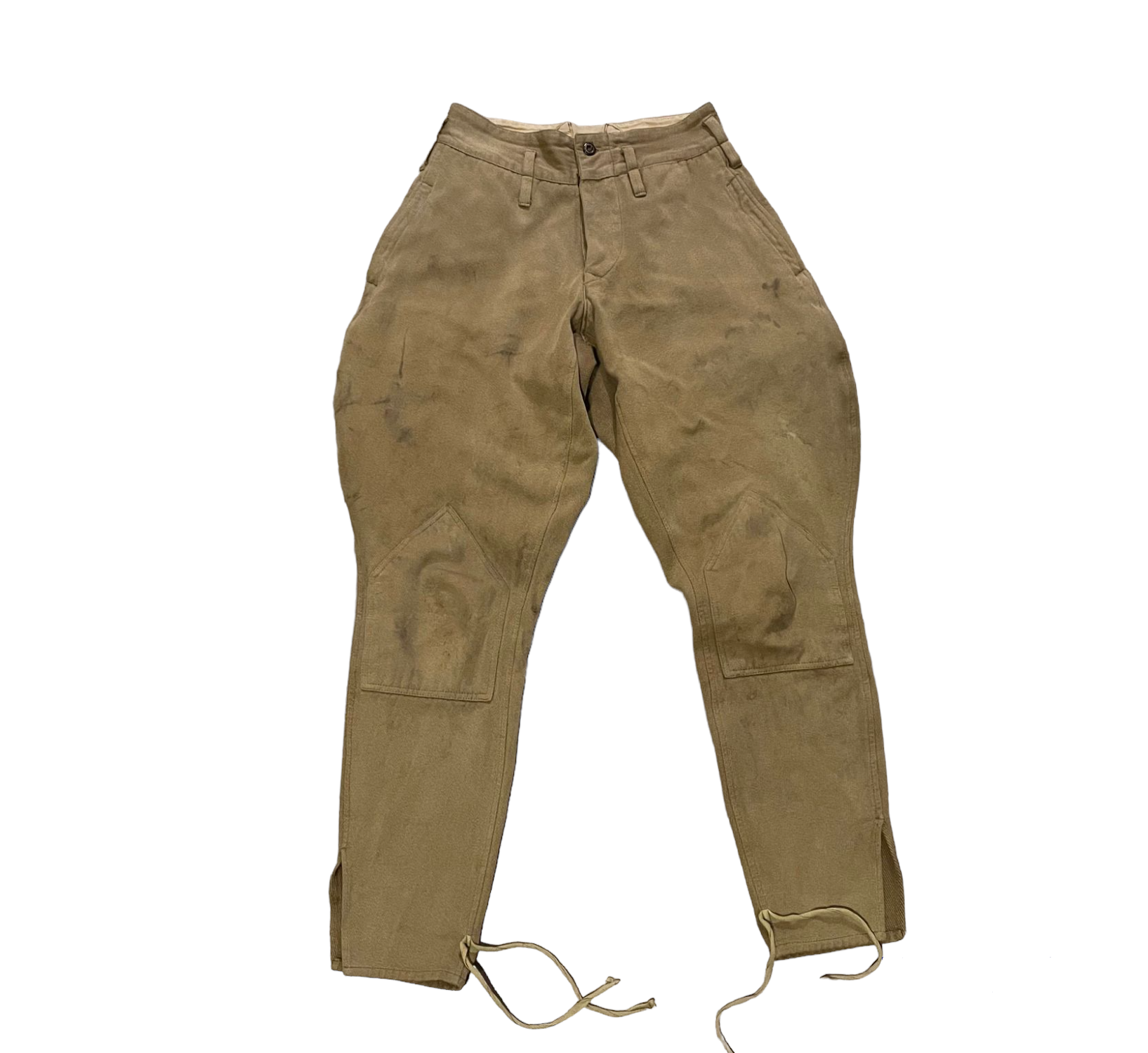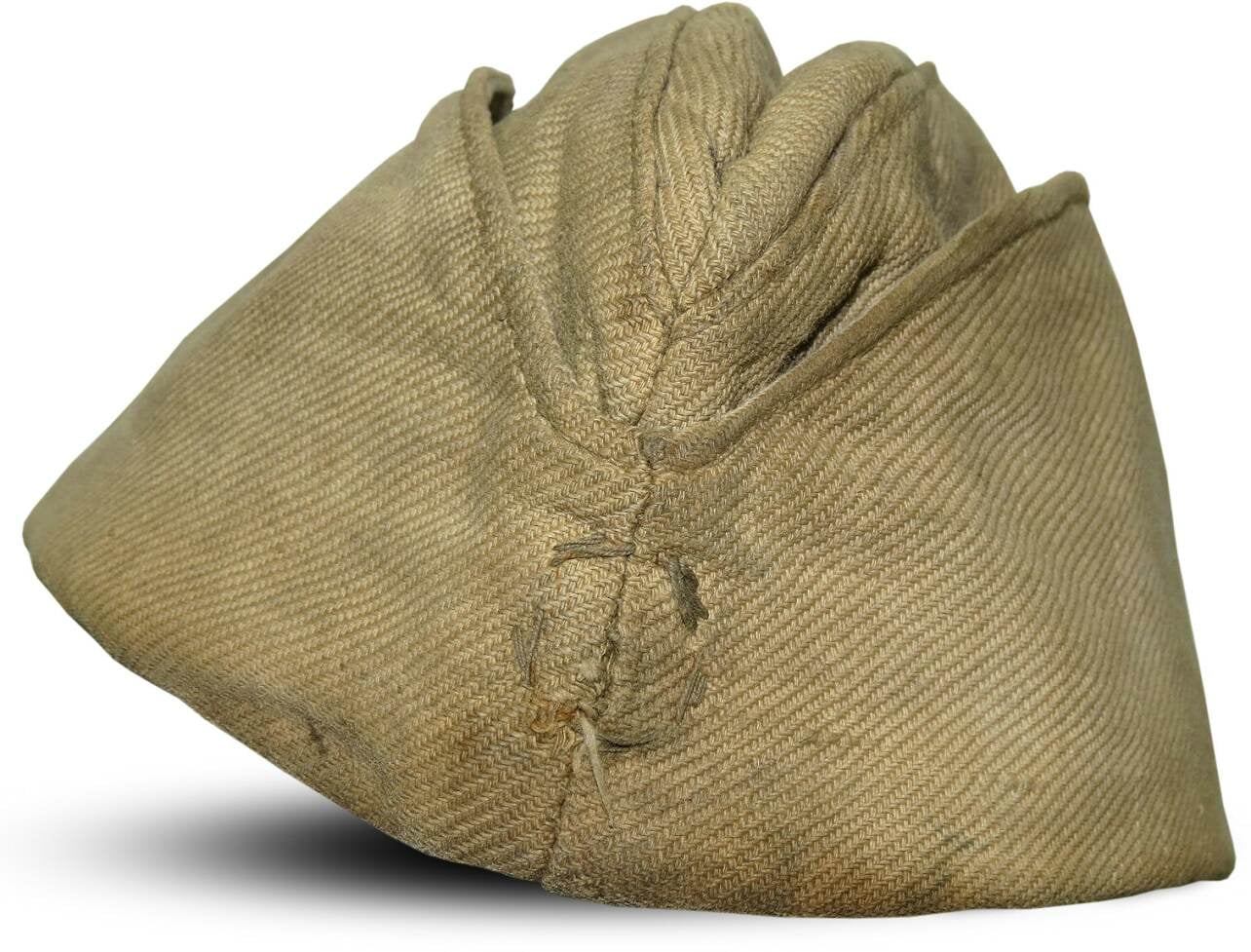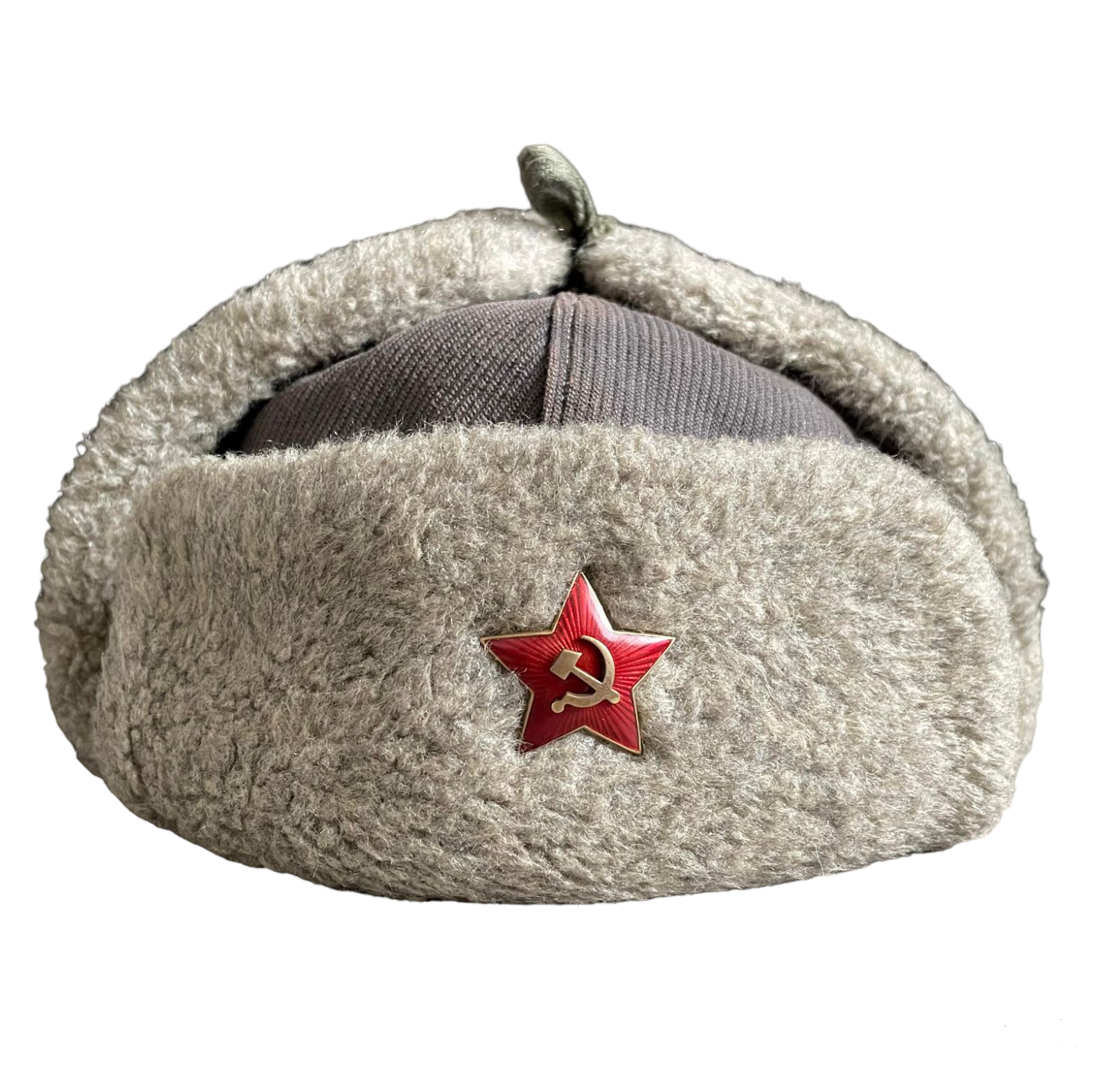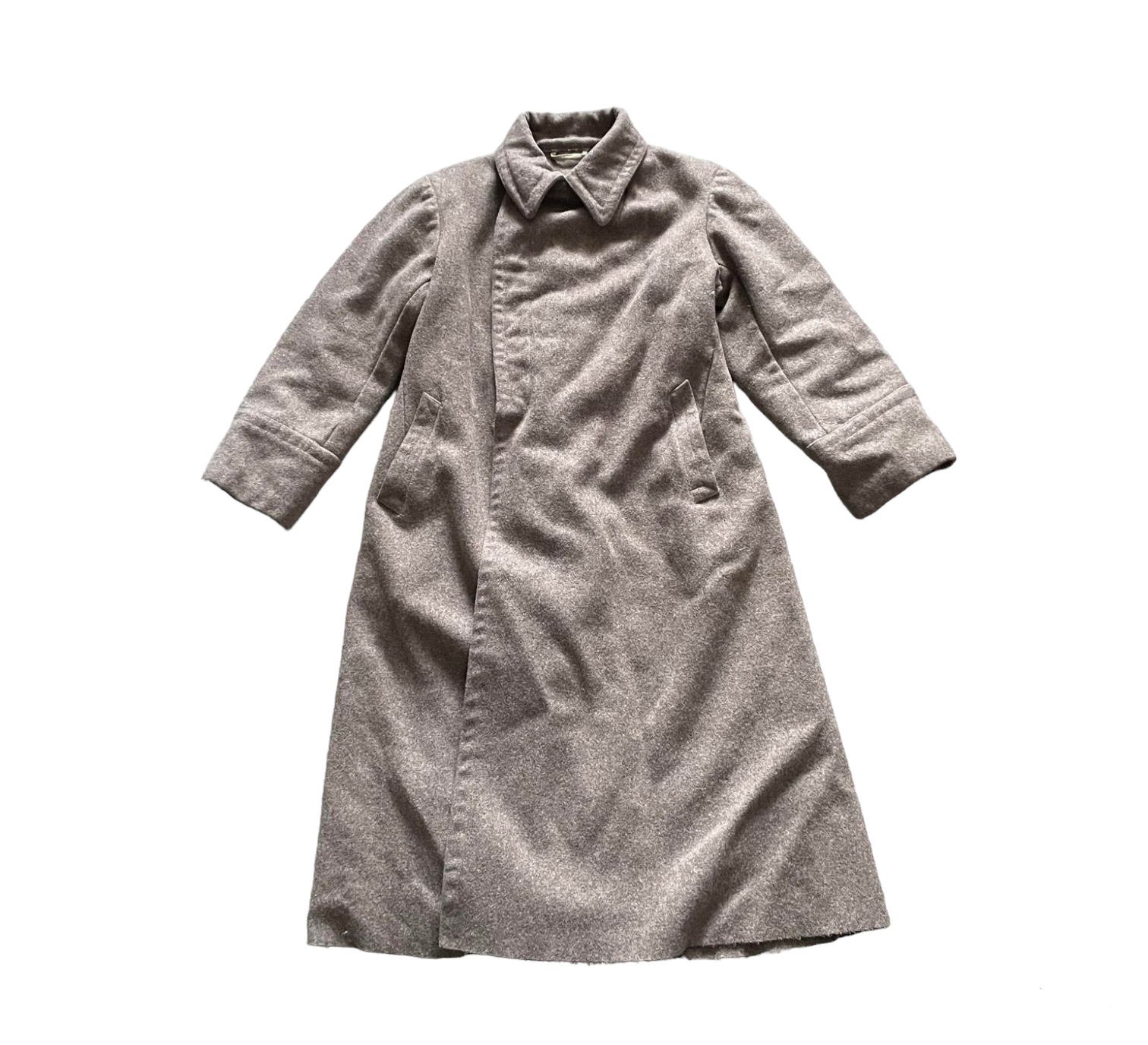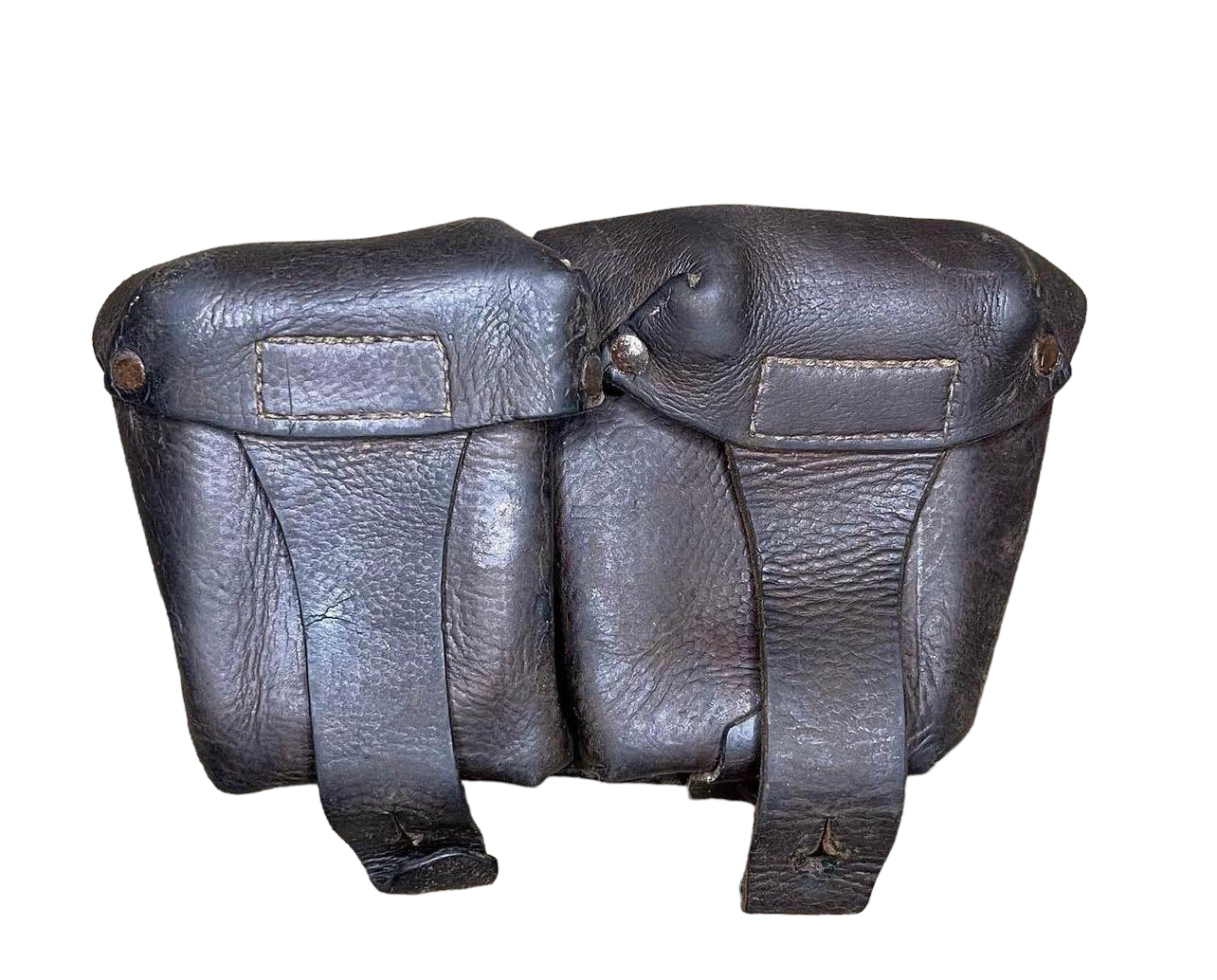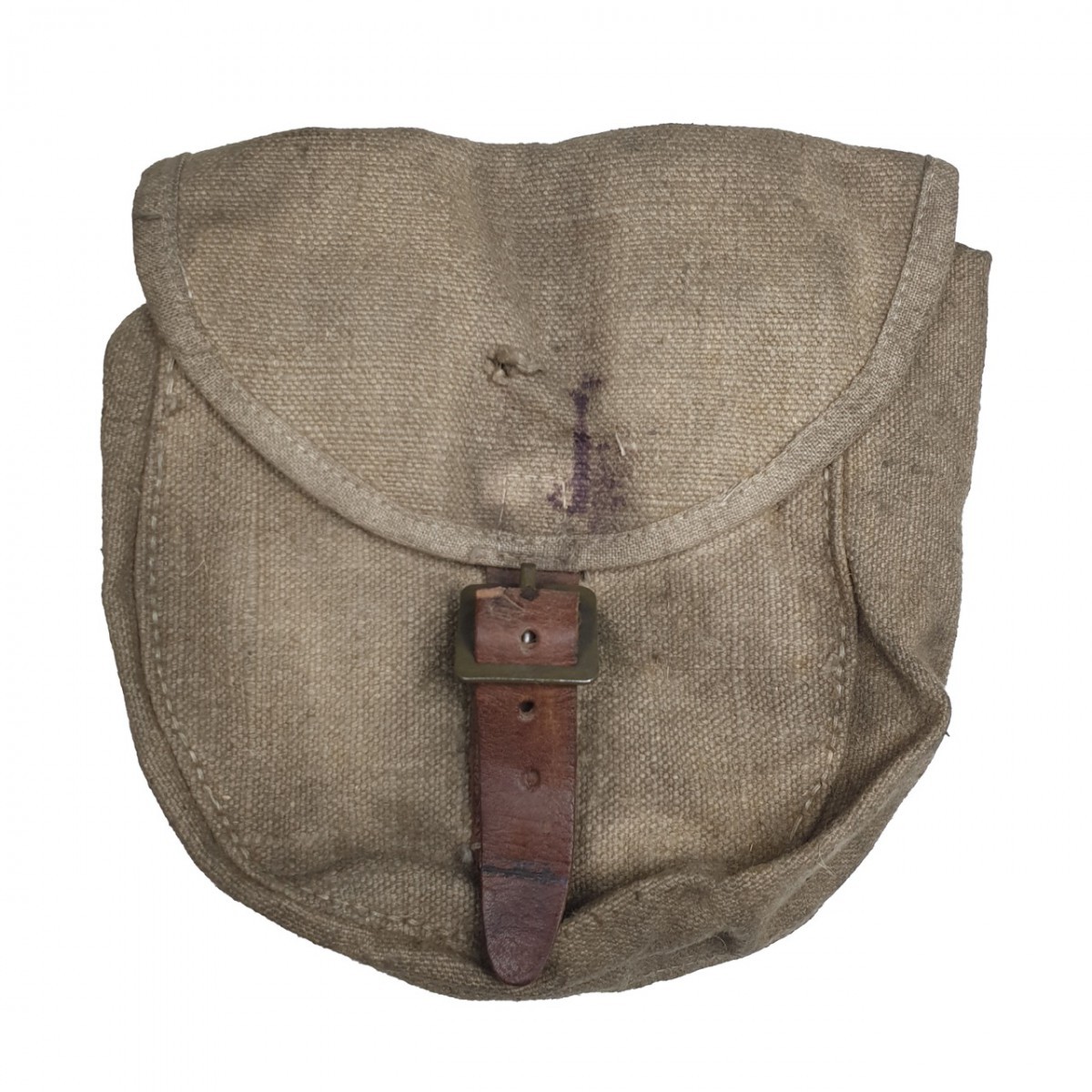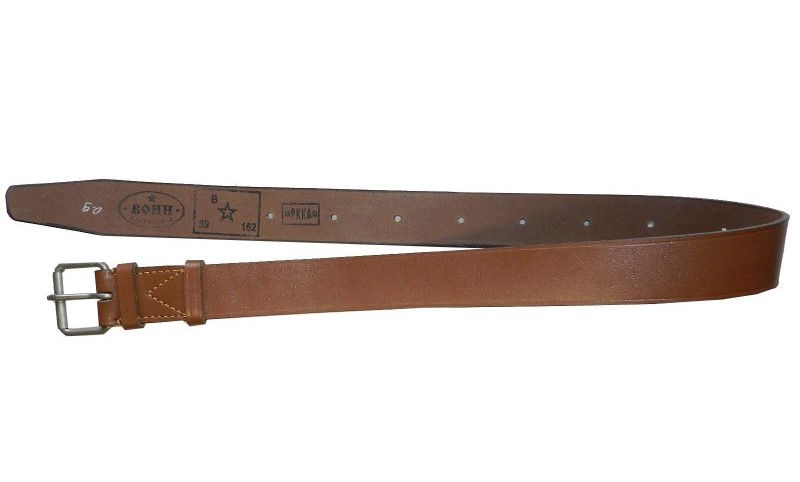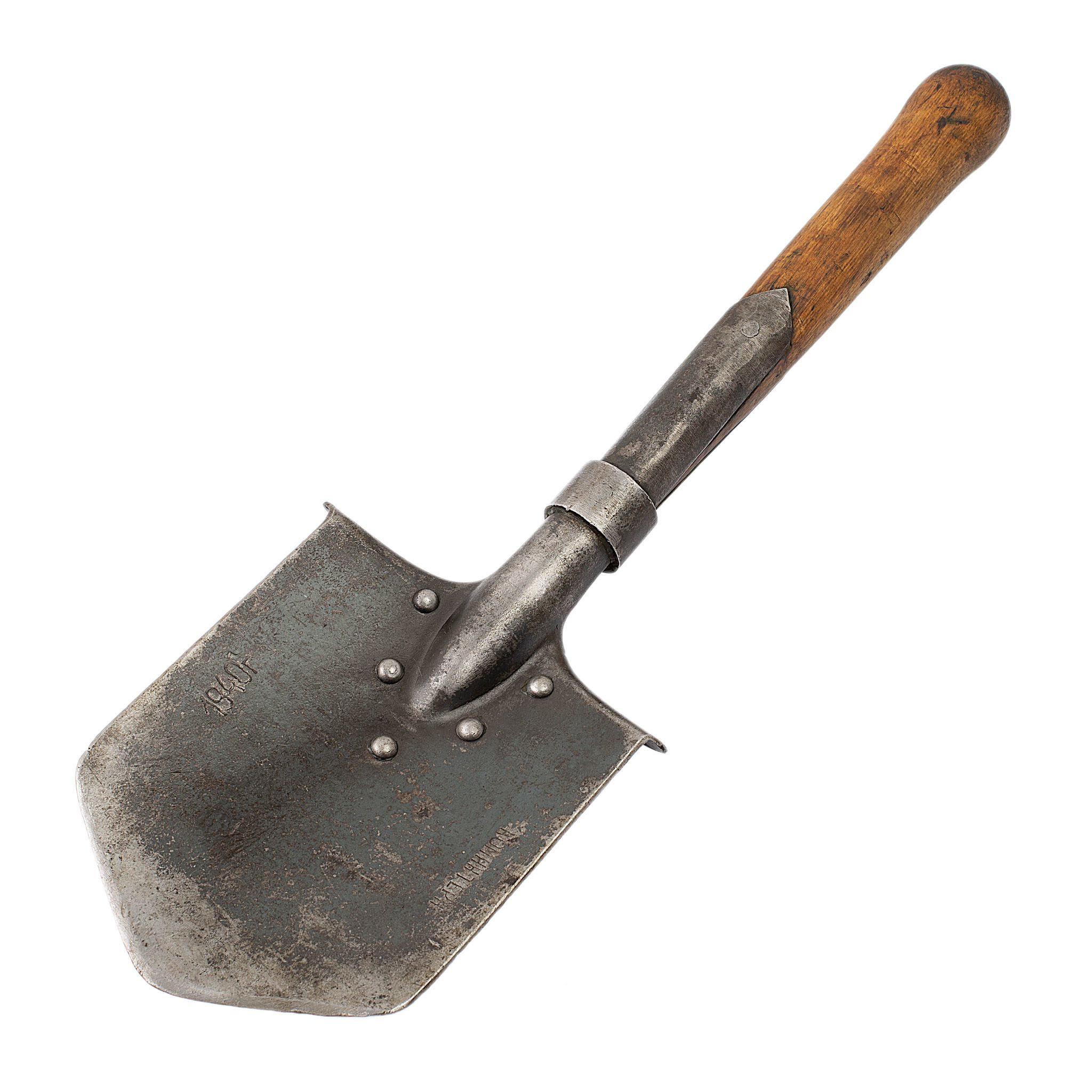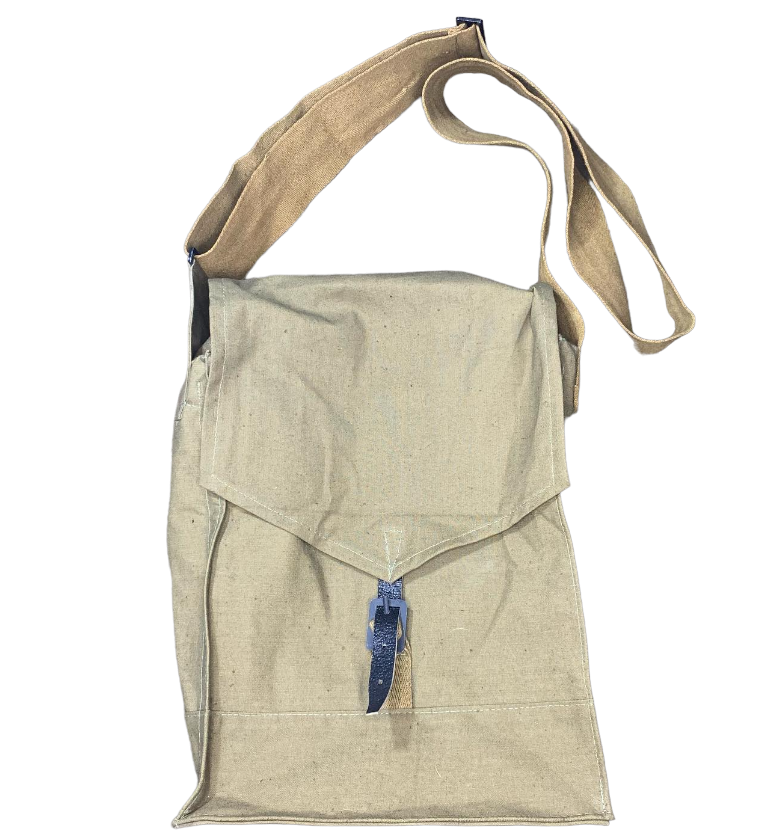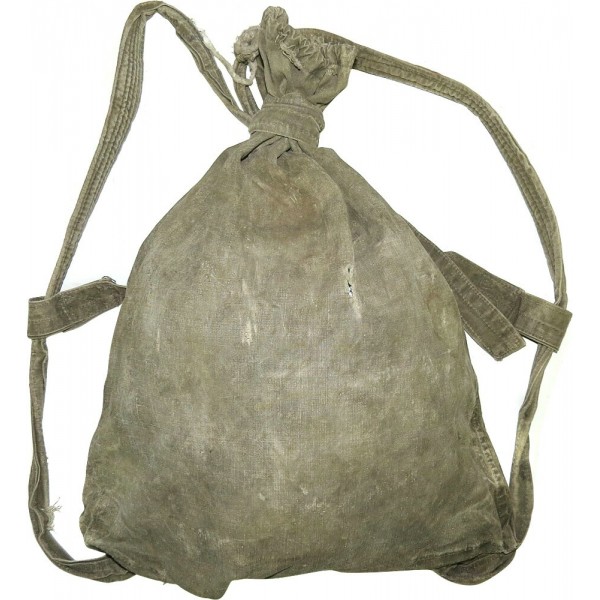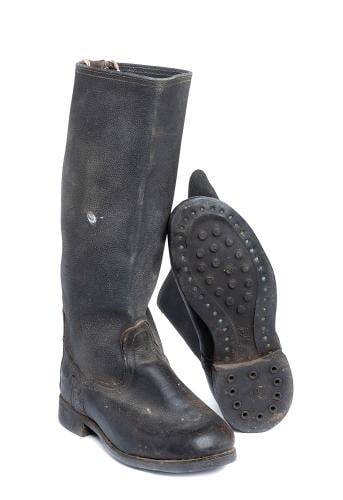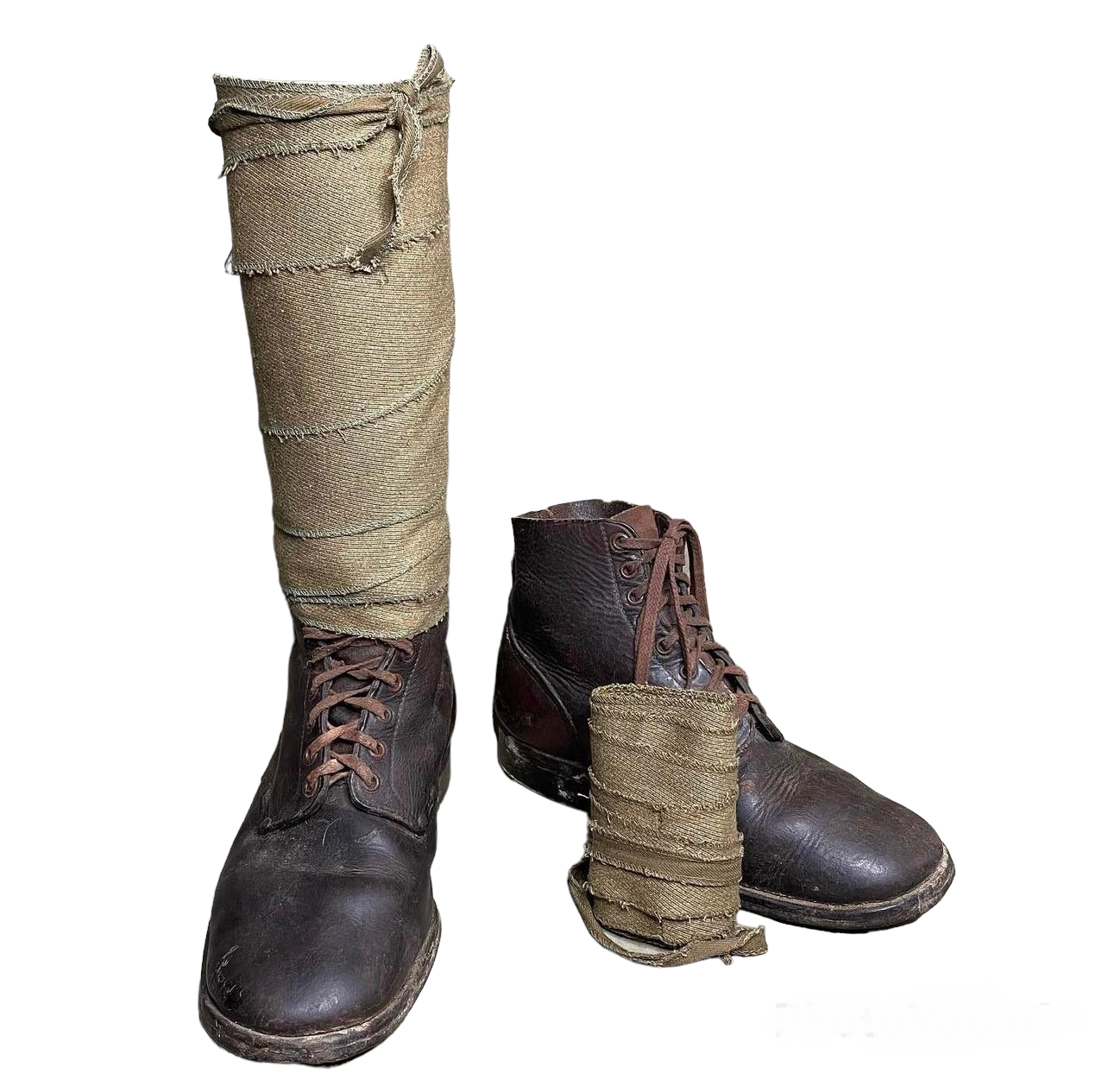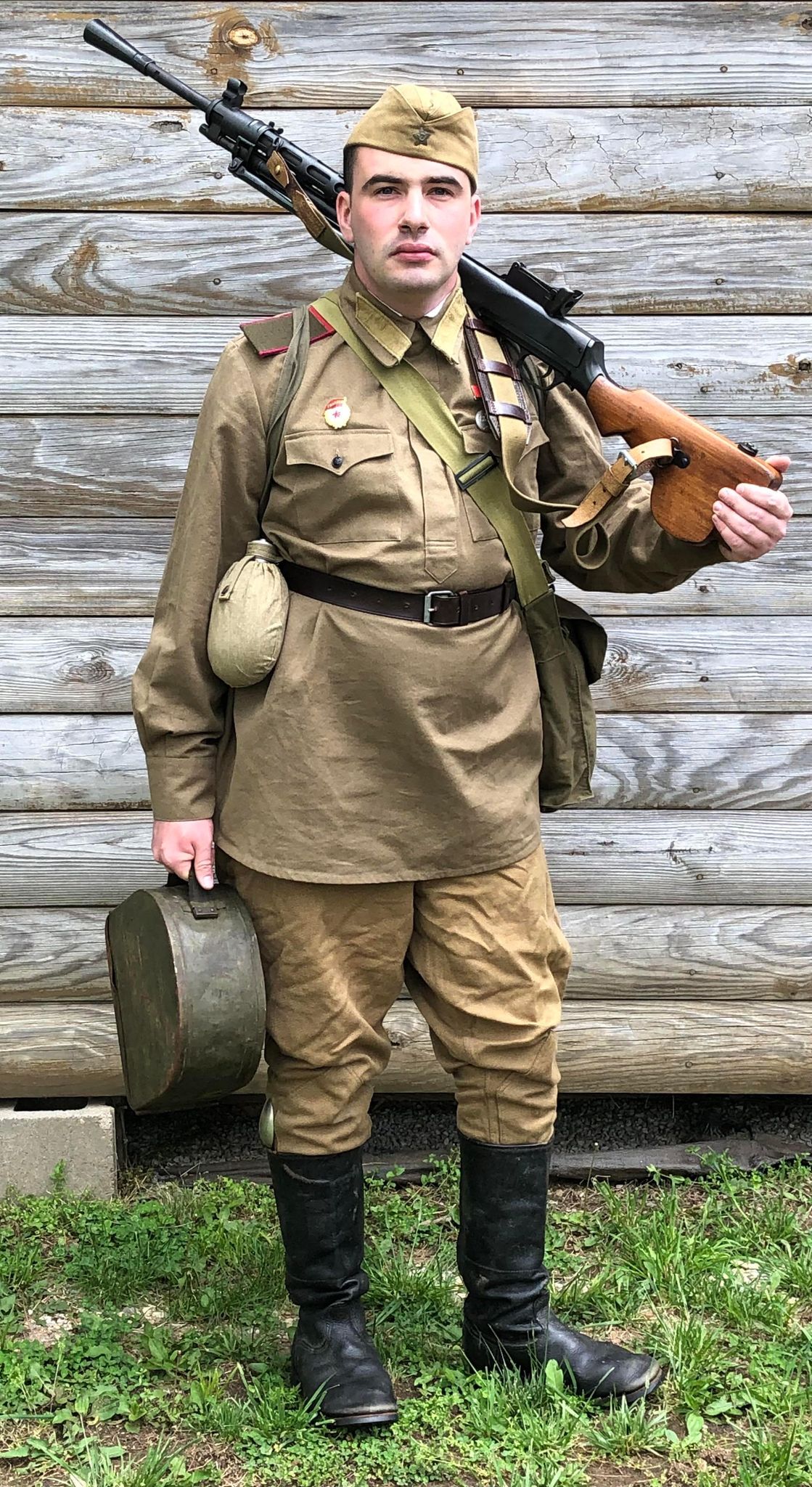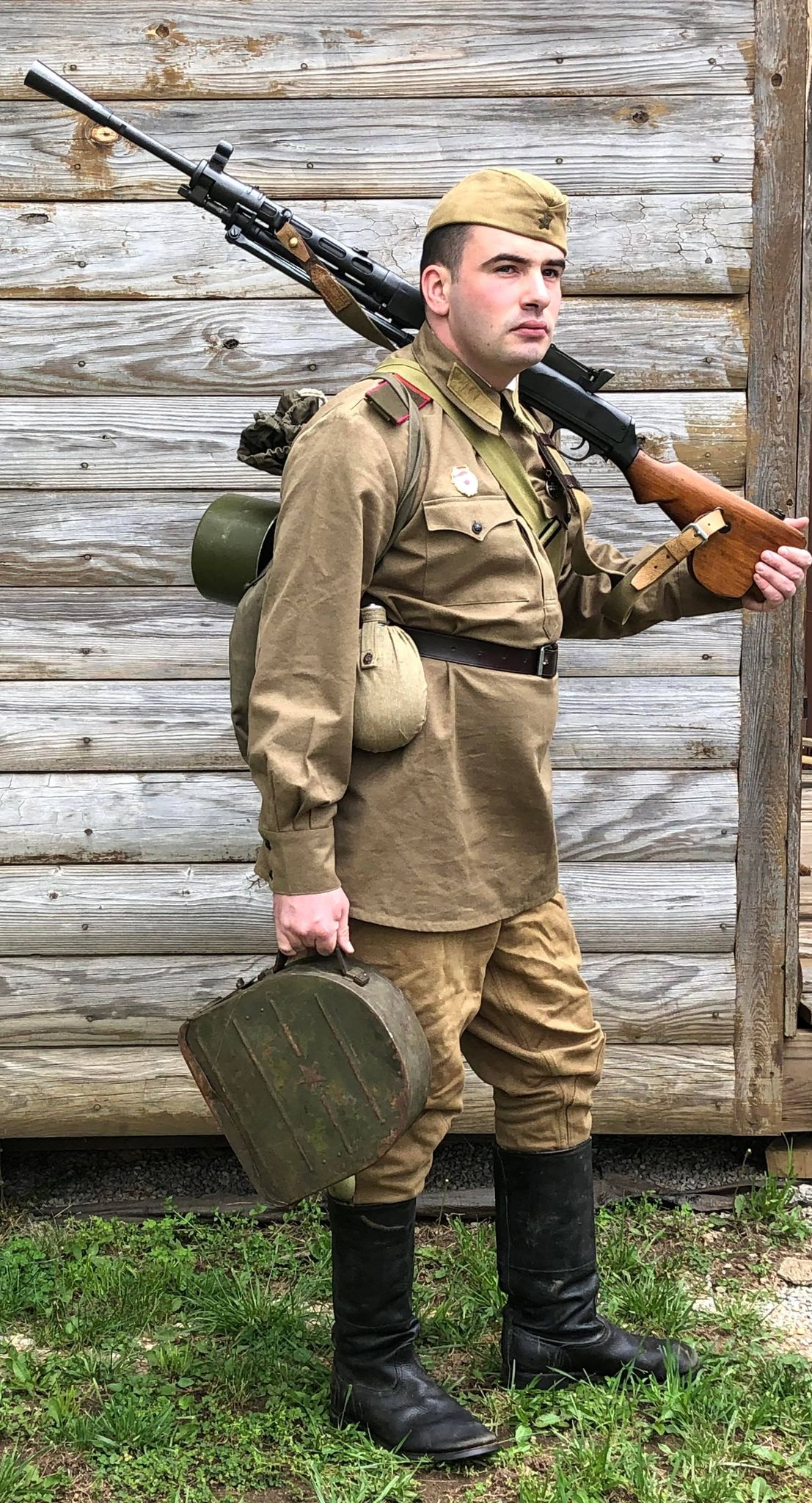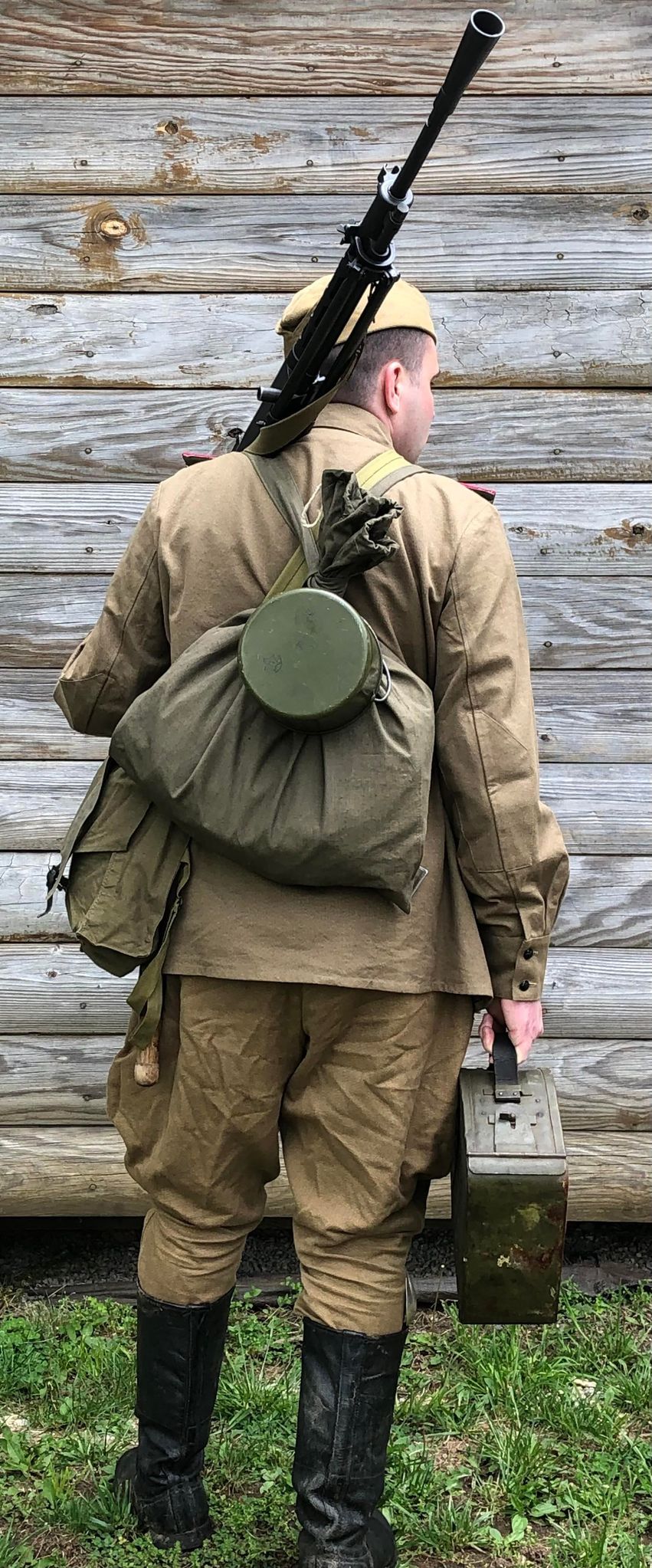Mid-War
By Zac Williams and Max Schmidt
Mid-War (1943-1944) Gear Guide
The Red Army in 1943 was an army in flux. Fresh off the successes of late 1942, Red Army commanders and men began to regain their confidence, and now knew the Germans could be beat, and beat on a large scale. Emboldened, a series of attacks in the spring of 1943 saw limited success, with gains the biggest in the south. This created a large salient, or bulge in the frontlines, centered around the city of Kursk. The Soviets knew a large German attack was due in the summer, and correctly surmised that the bulge was a tempting target. Accordingly, they committed huge forces to defend the bulge in depth, building thousands of kilometers of defensive lines into the summer. With visions of success and large prisoner hauls to fuel their slave-labor empire, the Germans decided to spend their energy for the 1943 season attacking this nest, with fateful consequences for the outcome of the war…
Clothing and Insignia
Transitional Model 1935 Gymnastyorka
A tricot pullover cotton tunic, with stand and fall collar and front buttons concealed by a fly front. Two pockets on the front. Also has elbow reinforcements. Most enlisted men did not immediately receive the new Model 1943 tunic so they added shoulder boards to the 1935 tunics they already had. This should be your first choice for a mid-war impression. Can be cotton or wool, for winter use. Voin, Schuster, and Voenspec make excellent tunics.
Model 1943 Gymnastyorka (Pocketless)
A tricot pullover cotton tunic, with stand and standing collar and five front buttons unconcealed. Also has elbow reinforcements. Most enlisted men did not immediately receive the new Model 1943 tunic, those that did received the version without pockets, as pocketed tunics were reserved for officers and senior NCOs. Can be cotton or wool, for winter use. Voin, Schuster, and Voenspec make excellent tunics.
Underclothes
White cotton undershirts with either a rounded collar or a buttoned “V” collar as well as long white underpants were standard issue. Each soldier carried two sets. Winter weight underclothes were a heavier weight of cotton. Voin makes all variations of the shirt and pants, and Cold War sets are still available. They are largely identical.
Model 1935 Pilotka
A sidecap made from double twill cotton, same as the breeches. This would have been the issued headgear in the summertime, and on paper, would have been turned in for a ushanka in October. The cap had a 24 or 34mm enameled red star on the front, although this was supplemented by stamped tin stars, painted green, of 24mm size starting in the summer of 1942. The Other Hat Guy and Leningrad Hat Maker both make excellent pilotkas.
Model 1940 Ushanka
The famous Soviet winter cap, issued from October to April usually. It is a flapped cap, with a baika (flannel) body, edged in artificial fur. The fur should be short and almost carpet-like. Officers had real fur on their caps. Like the pilotka, it could have an enameled red star or a tinned green star. Schuster makes an acceptable copy, but the premier vendor is The Other Hat Guy on Facebook.
Model 1943 Insignia
In January of 1943 along with the new Model 1943 Gymnastyorka, shoulder board insignia would be making a return. The corps colors that were introduced in 1935, remained in use with minor changes. The newly introduced shoulder boards were made from wool cloth, designed in branch of service colors with piping. Infantrymen would be issued boards with an olive body and raspberry piping, medical is green body and red piping, and signals is olive body with black piping. Rank was no longer determined by enamel pips on collar tabs but as stripes for NCOs, and stars for officers. Voin, Schuster, and Red Guard Militaria (RGM) offer excellent shoulder boards.
Greatcoat
A woolen, double breasted coat, closed by hooks and eyes. On the collar, you should have Model 1941 insignia, or no insignia at all. Models appropriate for 1943 include the Model 1932, 1938, and 1941. Color should range from greyish white to steel gray to light brown. Try to avoid model 1969 “Brezhnev” coats. Voin and Schusters offer solid reproductions.
Model 1943 Insignia
In January of 1943 along with the new Model 1943 Gymnastyorka, shoulder board insignia would be making a return. The corps colors that were introduced in 1935, remained in use with minor changes. The newly introduced shoulder boards were made from wool cloth, designed in branch of service colors with piping. Infantrymen would be issued boards with an olive body and raspberry piping, medical is green body and red piping, and signals is olive body with black piping. Rank was no longer determined by enamel pips on collar tabs but as stripes for NCOs, and stars for officers. Voin, Schuster, and Red Guard Militaria (RGM) offer excellent shoulder boards.
Equipment
Model 1937 Rifle Pouches
One leather pouch for Mosin or SVT ammo was usually carried at this point in the war, on the front right of the belt. The Model 1937 pouch had many variations of its closure strap, but the basic design of a two celled box with a ring on the back remained constant. Do not use Kirza ammo pouches. RGM is the premier maker of reproductions, but for a cheaper option early East German examples can be used if properly darkened. RGM, Voin, and Schusters all make a variety of rifle pouches.
PPSh-41 Drum Pouch
With the mass issue of the new PPSh submachine gun in 1942, a cloth pouch for the drum magazine was issued and worn in the same spot as the rifle pouch. Only one pouch was issued. Soldiers generally had two drums for the gun, one kept in the pouch, and one in the gun. RGM makes excellent reproduction pouches and occasionally has original drum pouches for sale.
Canteen and Carrier
The surrounding of Leningrad meant that the Soviet Union had troubled access to its largest and most productive manufacturer of aluminum cookware, the Red Vyborger factory. The practical effect of this is that the Model 1932 canteen, with a screwtop, becomes scarcer in army inventory. As such, glass canteens emerge to fill the gap, and both can be used for 1942. East German reparations canteens are the closest non original item. Postwar canteens are acceptable if one has removed the paint, but try to avoid them if possible. It should be contained in a Model 1941 carrier, a cotton bag with a closure that goes over the top of the bottle. Leningrad Restoration Workshop restores and sells original Soviet canteens.
Mess Kit
As mentioned before, the difficulty of access to the products of the Red Vyborger factory meant substitution of products. This was the massive return of tinned steel pots to the army, and this model would dominate through the war. However, the existing stocks of the Model 1936 mess kit and older Model 1927 aluminum pots would be issued and used in 1942. Captured German Model 1931 mess kits are an option as well. Soldiers also carried a mug and spoon, and since they usually brought their own when they were mobilized, there is no standard model. Avoid modern graniteware cups, with their telltale exposed metal rim at the top. Leningrad Restoration Workshop restores and sells original Soviet mess kits.
Gasmask and Bag
Bags become rarer as 1943 goes on, and could no longer be considered essential by the end of the year. The main mask of the Red Army during this period was the ShM-1, a hood style mask that connected with a cloth covered hose to a MT-4 filter. The MT-4 is a flatish box filter, painted green and with ribs for reinforcement. Postwar examples of the ShM-1, called the ShM-41M were widely produced by the Soviet Union and Poland, and are available on the surplus market inexpensively. The same is true for the MT-4 filter. Or you can use the mask bag as storage for items, as Red Army men did. RGM makes excellent Model 1940 bags.
Backpacks - Veshmeshok
A simple “pillow case with a strap”, the veshmeshok was a bag that entered Tsarist service in 1869, and continued in Soviet service until the 1980s. WWII models were the Model 1930 and 1941, which was slightly shorter to save on material. Both are acceptable for 1942 use. This should be your first choice for a mid wars impression as well as the rest of the war as the older obr. 36 and obr. 39 models were quickly replaced be the much easier to produce meeshok. RGM, Voin, and Schuster make excellent repros.
Helmets
SSH-39
In 1939, a new helmet was introduced to RKKA soldiers. Its domed shape would become the basis for most future Soviet helmets. These helmets had the same liner as the SSH36, which led to issues of winter use. Originals are very pricey, and no reproductions are made. Be weary of Czech Vz53 helmets modified to resemble the SSH-39, they are not correct, do NOT buy a modified Vz53. The SSH-39 should be your second choice for a mid-war impression.
SSH-40
A further modification of the SSh-39, with the intention of improving the helmet for winter use. A new three pad liner allows the wearing of winter headgear (balaclavas, ushanki) under the helmet with some comfort. These helmets were just entering production in early 1941, and started to make it to the front in large numbers by mid 1942. Thus, this should be your first choice for a mid-war impression. Originals and examples made postwar are common, and can be had cheaply. They were made in three sizes, with Size 1 being for 54-57 heads, Size 2 for 58-60, and Size 3 for 61+.
Footwear
Jackboots
Beginning in 1942, we see economization of this iconic piece of kit. Instead of all leather construction, we begin to see boots made with kirza shafts. Kirza is a type of artificial leather, made from impregnated canvas. The shaft still rises up to above the calf, and retain the distinct Soviet “stovepipe” shape. The soles could be smooth leather, or beginning this year, a rubber “dot” pattern emerges. Postwar dot soles are slightly different from wartime, but don’t let this stop you from buying dot soles for a mid-war impression. This is a hard piece of gear to get, as postwar examples that are correct have largely dried up, especially in bigger sizes. There were reproductions made, but they seem to have been all sold and are only encountered on the secondary market.
Low Boots and Puttees
In a economizing measure, low boots and puttees were reintroduced to the Red Army by 1938. These boots were very similar to German models, with 9 eyelet rows and a curved vamp. Soviet boots however were made from smooth side out leather. 1942 sees the rubber “dot” sole appear, and they are encountered on lowboots as well. Lend-lease models of lowboot can start to be used as LL began to arrive in large quantities in 1943. British Ammo boots would be the main foreign model, along with captured German examples. These were always worn with puttees, and in 1943, khaki and green puttees dominate. As with jackboots, this is a hard piece of kit to get, with repros and postwar usable examples disappearing from the market. Voenspec and Schuster make the puttees in all colors, though.
Impression Photos
-click to expand each photo-

